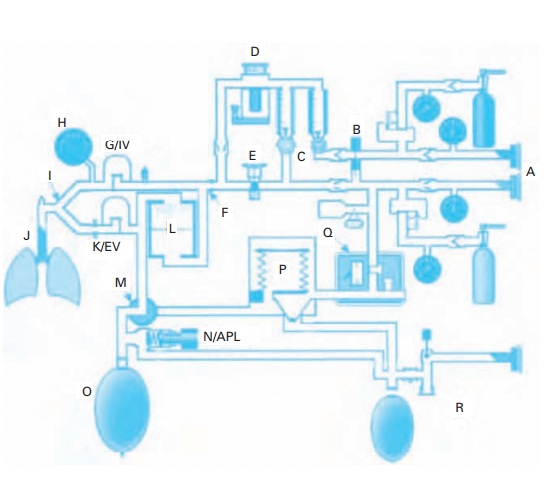
Leaky Anesthesia Machine? How to Check the Breathing System
Anesthesia machines are essential medical equipment used for surgery and other medical procedures. These machines are responsible for administrating a safe and proper amount of anesthesia to the patient during the surgery. A leaky anesthesia machine can cause serious harm to the patient, potentially resulting in injury or even death. Therefore, it’s imperative to check and maintain the anesthesia machines for proper function regularly.
Every veterinary anesthesia machine should be checked before use to ensure that it is functioning correctly. One of the most crucial parts of the machine is the breathing system. Here is how you can evaluate the breathing system of your veterinary anesthesia machine:
1. Check the hoses
The first step is to inspect the hoses to ensure that there are no cracks or any visible damage. If you notice any signs of wear and tear, immediately replace the hoses.
2. Check the connections
After checking the hoses, move onto the next step of assessing the connections. The connections should be tight, and there should be no leakage of air or gas. If you find that the connections are loose, tighten them immediately. If there is a leak, replace the connection.
3. Check the valves
The valves regulate airflow and control the flow of gases during anesthesia. Ensure that the valves are snugly placed and do not let any air or gas leak. A defective valve can compromise the safety of the patient during surgery.
4. Check for pressure
The anesthesia machine should have a pressure gauge that shows the flow of gas and verifies that the pressure is accurate. The pressure should be checked regularly, especially before use. If the pressure is not correct, replace the gauge or address the issue immediately.
After checking the machine, it is essential to test the anesthesia machine’s breathing system. The breathing system must be evaluated before every use. To test the breathing system, follow these steps:
1. Remove the breathing bag
Disconnect the breathing bag from the anesthesia machine.
2. Set the machine
Adjust the knobs or buttons on the machine to set the machine settings to the proper levels.
3. Check for leaks
Check the breathing circuit for any leaks by blocking the Y piece with a thumb or finger and checking that the pressure remains constant.
4. Reattach the breathing bag

Reconnect the breathing bag and allow the machine to fill it with air. During the next minute, watch the bag to ensure there are no rips, leaks, or other damage.
5. Listen for sounds
Start the machine and listen for any unusual sounds that may indicate a problem with the system.
In conclusion, ensuring that veterinary anesthesia machines are correctly checked, and maintained is necessary for ensuring patient safety. Nantong Kangjinchen Medical Equipment Co. Ltd., known for producing top-quality medical equipment, including their new product line of medical polymer materials, has been providing medical technology solutions since its inception. The company's innovative design, reliable performance, and quality assurance make them a favorable choice among healthcare professionals worldwide. Always remember to check your anesthesia machine’s breathing system for proper function regularly and before every use to ensure the safety of the patient.